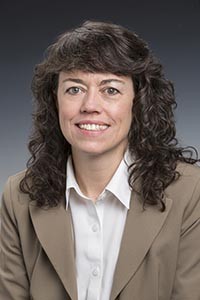Thorough training, paired with a robust array of drills and exercises, will produce the safest prevention and response system
From the Executive Director, Donna Schantz

In most professions, it takes time, training, and on-the job learning to do a job well. A doctor or an electrician may earn a degree, but it can take years to become proficient. They must practice and observe a variety of situations before they are trusted to perform surgery or operate independently with live electrical current.
The oil spill prevention and response profession is no different.
In this next year, Edison Chouest Offshore will be bringing in new tugs and barges custom-built for Prince William Sound, new equipment, and new personnel, all playing key roles in spill prevention and response for the Valdez Marine Terminal and associated oil tankers.